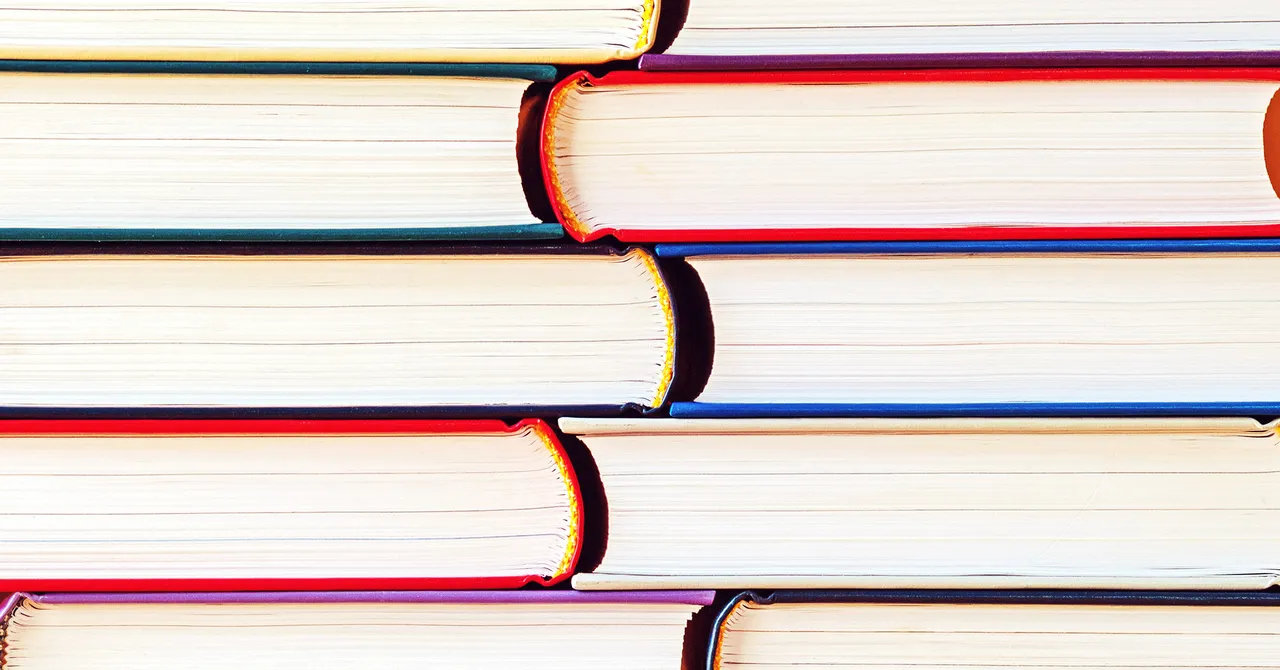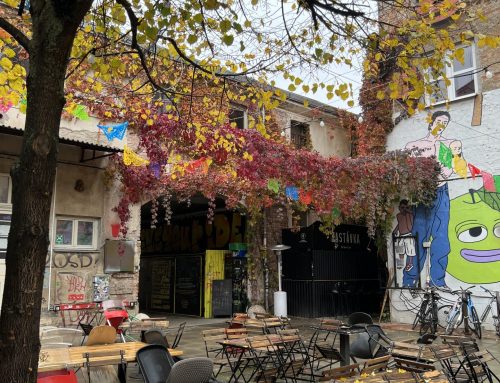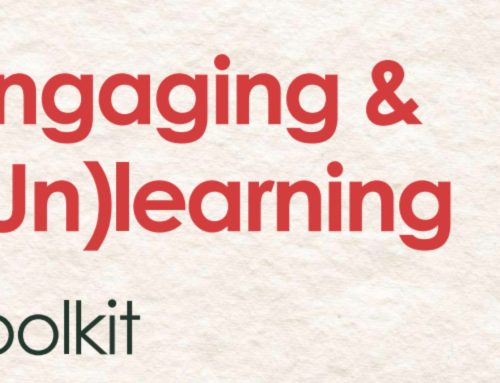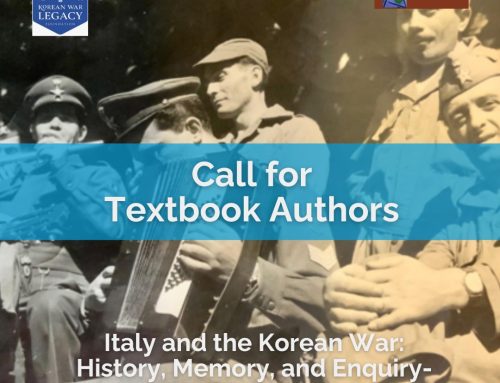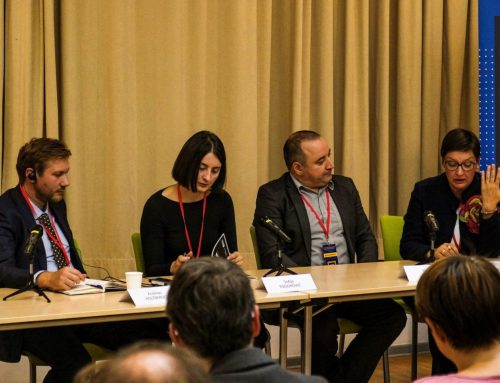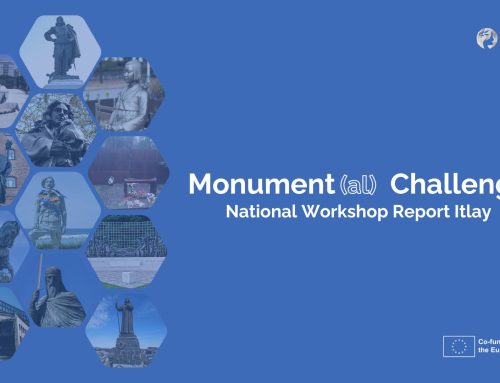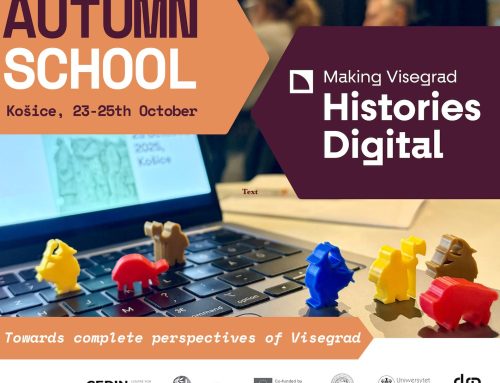I recently read the French author Olivier Norek’s novel The Winter Warriors (Les Guerriers de l’Hiver). It tells the story of the Winter War in general and focuses particularly on the sniper Simo Häyhä. For a Finnish history teacher, the content felt quite familiar, and many things were explained as if in a history lesson. At the same time, however, the book vividly portrayed the horrors of war and inevitably brought to mind the current situation in Ukraine.
I read a lot of fiction, including historical novels. I realized long ago that a large part of my historical knowledge comes from literature. Fiction is, of course, invented, but when reading, you can often relate to the lives of people in the past much better than by reading historical research. There is also research about the fact that reading novels teaches historical empathy. It is also interesting, relaxing, and sometimes pure escapism from the worries of the present day.
It’s also fun to notice (and sometimes even look for) factual errors in books. For example, in Norek’s book, an 18-year-old young woman rejoiced at being of legal age in Finland in 1939. That caught my eye, and after checking, I found that the age of majority in Finland was lowered to 18 only in 1976. The next questions that came to mind were: How did this happen in other countries? And what about earlier times? For the latter, I found an interesting answer: In Sweden (to which Finland belonged at the time), the age of majority for men was 15 until 1721. And as for women—they never really became fully independent because they always had a guardian…
Reading novels can also be a great way to engage students – asking them to assess the historical accuracy of a work of fiction. This can build their understanding of important concepts like anachronism.
From a teacher’s perspective, literature brings joy, learning, and new perspectives. Books can also be assigned to students. When I teach about World War II, I often have my students read Sanna-Leena Knuuttila’s easy-to-read novel Ne lensivät tästä yli (They Flew Over This Place). The book is short and simple, but it conveys the reality of war from the civilian perspective very well. Students enjoy reading it and reflecting on all the ways the war affected the life of 19-year-old Hilkka. When students relate to the world of a young woman living in the countryside, it becomes easier to understand what news from the front might have sounded like.
And if reading is really difficult for students, comics help. Riad Sattouf’s series The Arab of the Future is both funny and an engaging dive into the Middle East of recent decades. If you want to go a bit further back in history, I recommend Jacques Tardi’s book Putain de Guerre! about World War I. And third, I must mention the absolutely excellent Iranian graphic novel Persepolis by Marjane Satrapi. All three works help us understand the past and provide a mirror for the present—both for teachers and students.
Of course there are many potential pitfalls of using historical fiction which teachers should be aware of, like overemphasis on story over context or stereotyping and simplification. These issues are good to be aware of.
Finally, here’s a list of recommended books. Of course, there are countless good ones. This list includes excellent books I’ve read in recent years. Many of them tell about identity and people living in controversial situations. Happy reading!
- Maria Stepanova: Fokus (Russian emigrant during Ukrainian war)
- Joonas Sildre: Between Two Sounds (Arvo Pärt and Soviet Estonia)
- Olga Tokarchuk: Empusion (Poland just before WWI)
- Sasha Vasilyuk: Your Presence Is Mandatory (Ukraine since WWII)
- Torgny Lindgren: Norrlands akvavit (Northern Sweden 20th century)
- Māris Bērziņš: Taste of Lead (Latvia during WWII)
- Ágota Kristóf: The Notebook (Two boys left alone during a war)
- Erich Kästner: Fabian: The Story of a Moralist (Der Gang vor die Hunde) (Germany between wars)
- Eugen Ruge: Hotelli Metropol (Soviet Union in 1930s)
- Vasili Grossman: Life and Fate (Soviet Union during WWII, a classic that every history teacher should read)
Written by Riitta Mikkola, history teacher in Espoo, Finland and former EuroClio Board Member

